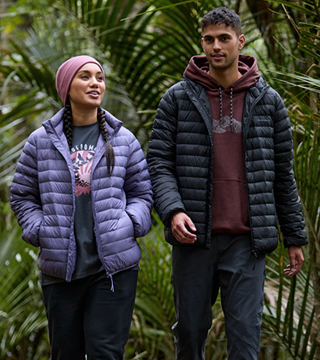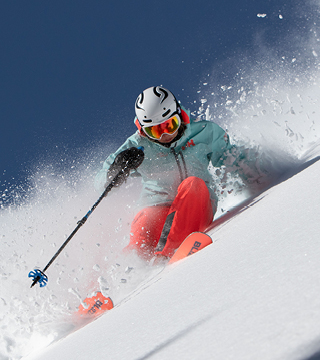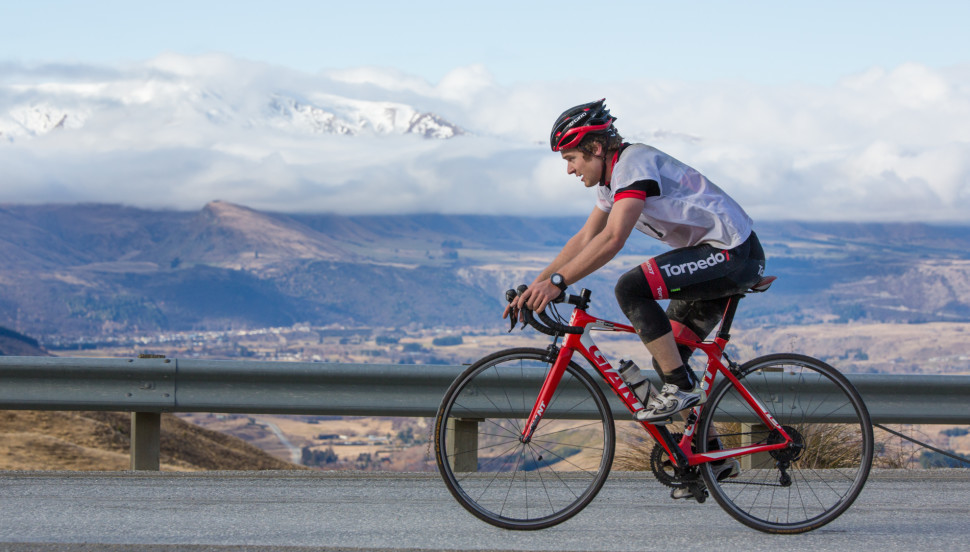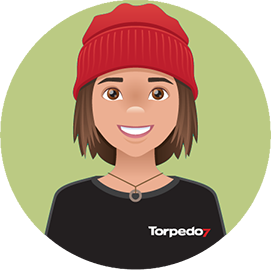Last year I raced the Peak to Peak Multisport Race. Held in Queenstown New Zealand, this race traverses the Wakatipu Basin from the upper reaches of the Remarkable’s ski field to the Coronet Peak ski area, hence the name; Peak to Peak.
This race is a real favourite of mine. Firstly because it is held in mid winter, a time when training can be hard and motivation levels can drop. The Peak to Peak is a great event to keep you going through those winter months. Secondly, the Peak to Peak is awesome in the way that it includes so many different disciplines in such a short race. Ski, mtb, kayak, run and road cycle. It’s a true multi-sport outing!
The race can be completed as part of a team or as an individual. I cut my teeth on this race a few years back by doing the kayak and run leg for a team during my time studying at Otago University. More recently I have raced to 3rd (2014) and then 1st (2015) as an individual competitor.
I am going to run through the legs of the race one by one and provide you with some insight and tips to help you race faster.
Leg 1: Ski
This leg starts with a short downhill run to your skis, before traversing along to the Homeward Bound ski run and then descending to the access road. It is a definite advantage to ski. The traverse is long enough that “polling” and “skating” can give you a significant jump on the snowboarders. It is also helpful to have boots with easy to undo bindings. I always bring out my old-school rear entry ski boots for their transition speed (and style). The other thing to consider for this leg is what to wear. This can be a tough decision, as you don’t want to stop and change later in the race if it can be avoided. It can be snowing up on the skifield, but sunny on the lake, so you need to choose wisely. I normally end up wearing my PFD, ski helmet, ski goggles, race top, arm warmers, knee warmers, run socks and some good gloves. A buff or beanie is also good. I prefer to be a bit cold on the ski, but not have to change any clothes until after the paddle section, as this is where you have to remove your PFD and bib, so it makes sense to do a quick change while your bib is off, if needed.
Leg 2: MTB
In the last stretch of the ski I try and undo my boots, if possible. When I hit the transition I step out of my boots, leaving them still attached to my skis. This is fast and it also helps my support crew as the gear is all together. I run to my mtb and put my shoes on, but leave the bindings undone. These are done up once I am up to speed on the bike.
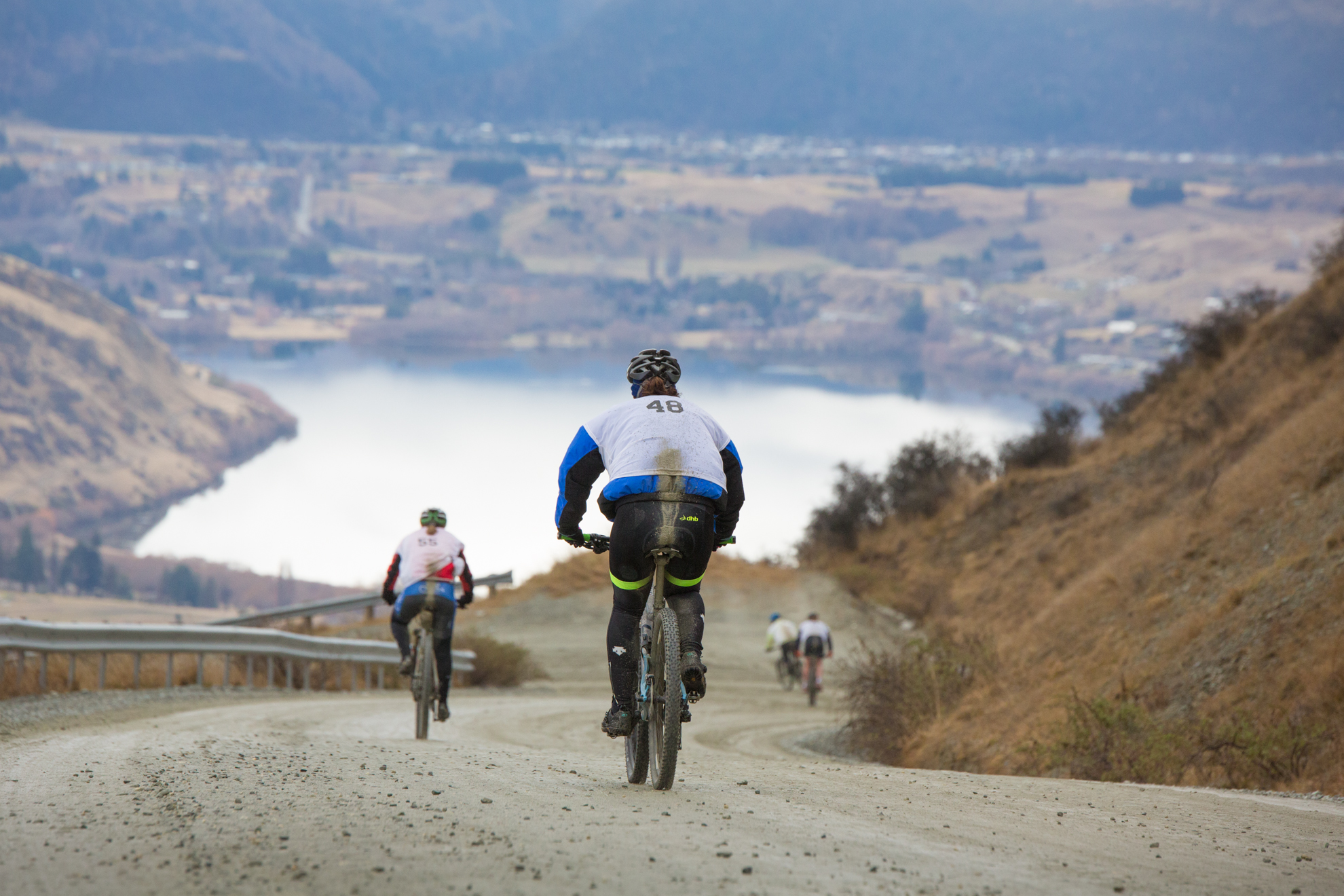
At the end of the mtb I release my mtb shoe bindings and ride the last stretch with my feet on top of my shoes, allowing me to run straight off the bike and jump into my kayak.
Leg 3 Kayak
If conditions permit, I paddle without a spray deck and I wear only socks on my feet, so the bike to boat transition is very smooth and fast. This can be important if you are trying to get on the water and drop someone who may try to ride your wash, of it may mean you can get on the wash of that person in front of you. It’s very handy to have one of your support crew members lead you to your boat as the transition can be busy.
During the kayak it’s usually the first time in the race where I will consume some energy. This comes on the form of an electrolyte/carbohydrate drink that I have in my PFD (this has been in there the since the start of the race). Find your rhythm in the boat and work hard. I usually find I can exit the boat without help, leaving my crew free to lead me to my shoes and run belt.
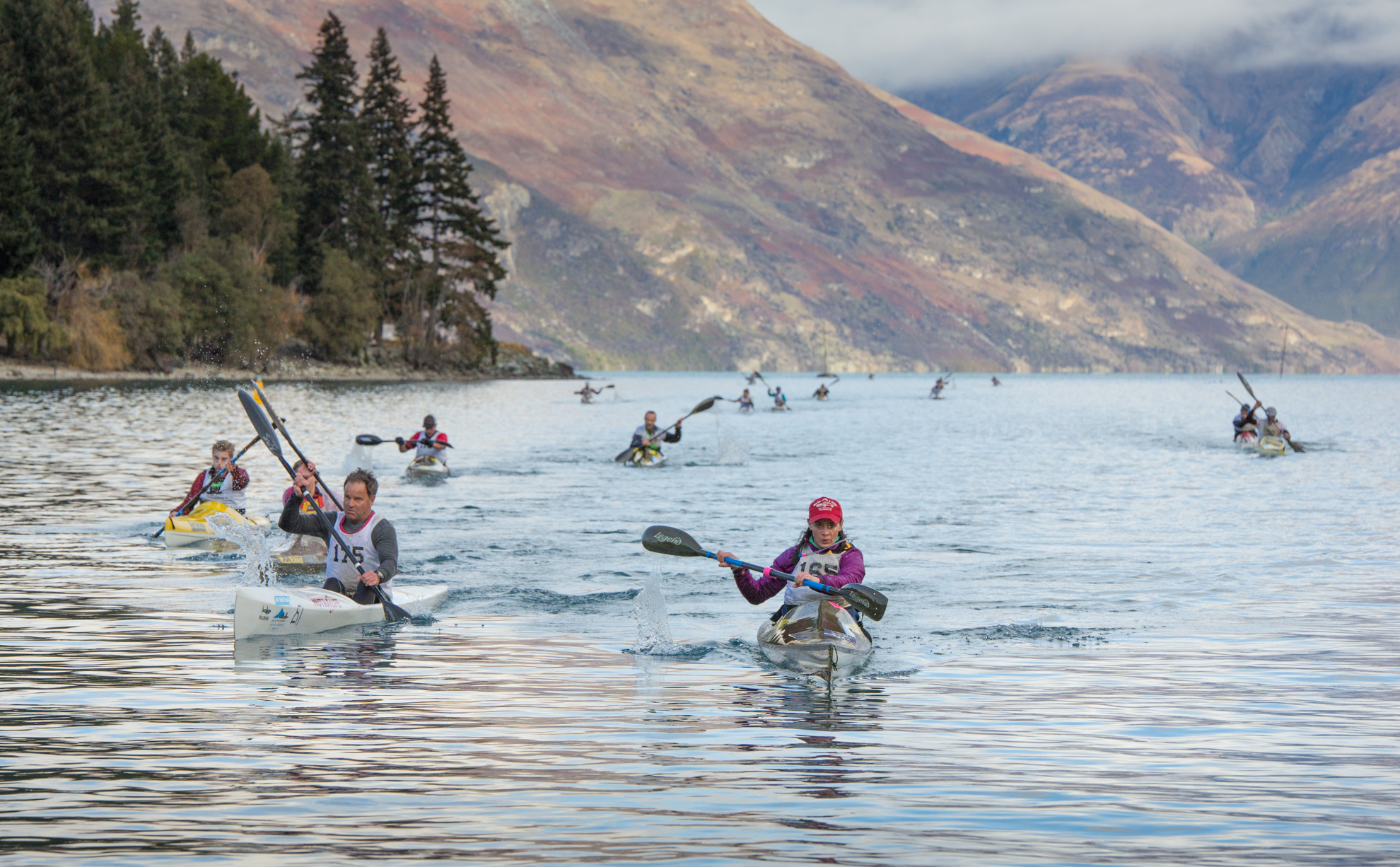
Leg 4 Run
I keep it pretty minimal for the run, with just a little bit of fluid and a gel to get me through to the bike. I wear a basic run belt with one bottle.
Leg 5 Road Ride
So far I have always used a road bike for this section. Make sure you take a look at your set-up to ensure you have the gears to climb comfortably. I wouldn’t write off using a well set up mountain bike if the conditions were snowy and wet. This leg is always the most painful. The end is close, but you have to work for it. Remember to pace yourself and try be consistent to the top. At the end of the day there is no avoiding the pain… get there then rest!
I hope you have picked up a few tips… This is the sort of the race where everyone has their own formula and this is mine.
Happy training and see you at this years event!


